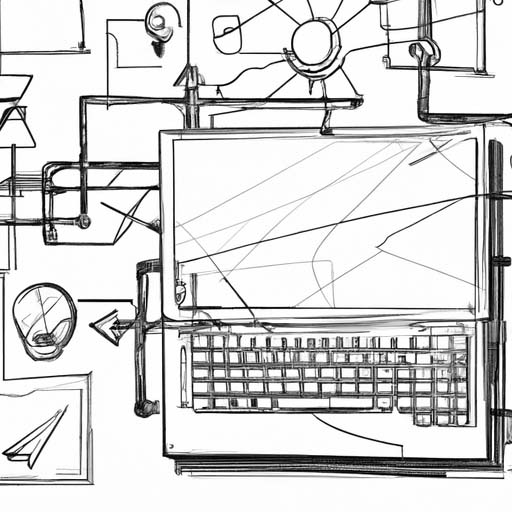In a recent collaboration, Bosch and VW software unit Cariad are testing automated valet parking and automated valet charging using charging robots. The concept aims to eliminate the chore of finding a parking space, especially one with a charging station, by allowing EVs to park and charge themselves with the assistance of robots. The system relies on SAE Level 4 vehicles guided by infrastructure to drop off their drivers at the entrance of a parking structure, where they will be charged by robots. Both systems are currently being tested by the two companies, with plans to equip parking structures in Germany with this technology. However, the success of this system relies on the availability of EVs that are compatible with the infrastructure and a business model that covers the operational costs.
Key points:
- Bosch and VW software unit Cariad are testing automated valet parking and charging using robots
- The concept aims to eliminate the chore of finding a parking space with a charging station
- SAE Level 4 vehicles will be guided by infrastructure to drop off their drivers at the entrance to a parking structure to be charged by robots
- Both systems are currently being tested with plans to equip parking structures in Germany with this technology
Bosch and VW software unit Cariad are collaborating on a project that aims to make automated valet parking and automated valet charging commonplace. The companies are testing a system that allows SAE Level 4 vehicles to be guided to a parking spot with no one on board. The vehicles will then be charged by robots before finding a parking spot. This system aims to make the mobility experience smoother for users, eliminating the need to search for parking spaces with charging stations. While the technology for the parking and charging system has been largely sorted out, its success relies on the availability of EVs equipped with the appropriate technology and a business model that covers operational costs. Currently, the two companies are testing the system in Germany and plan to equip parking structures there with this technology. The success of this system remains to be seen, as it requires a significant level of consumer adoption and acceptance of the convenience and cost associated with this technology.
